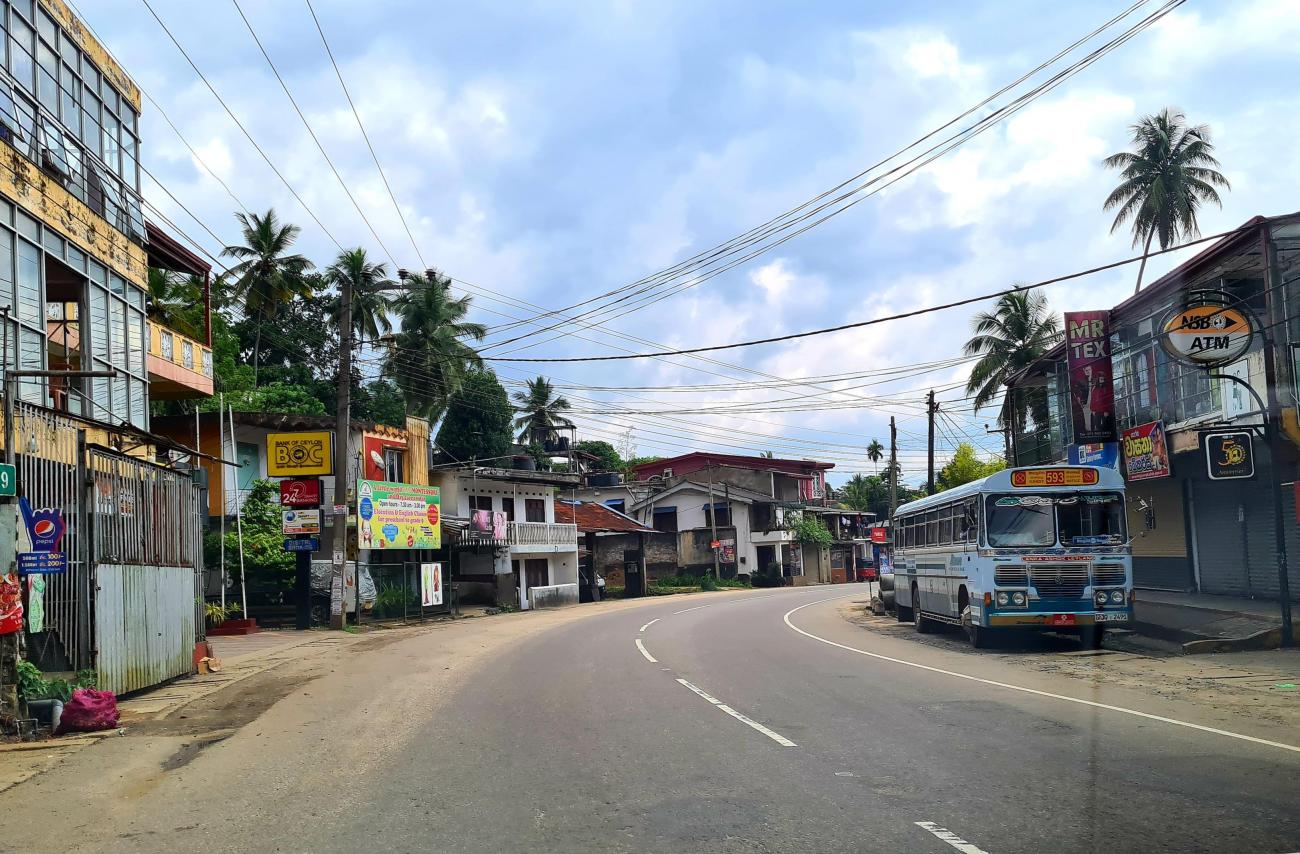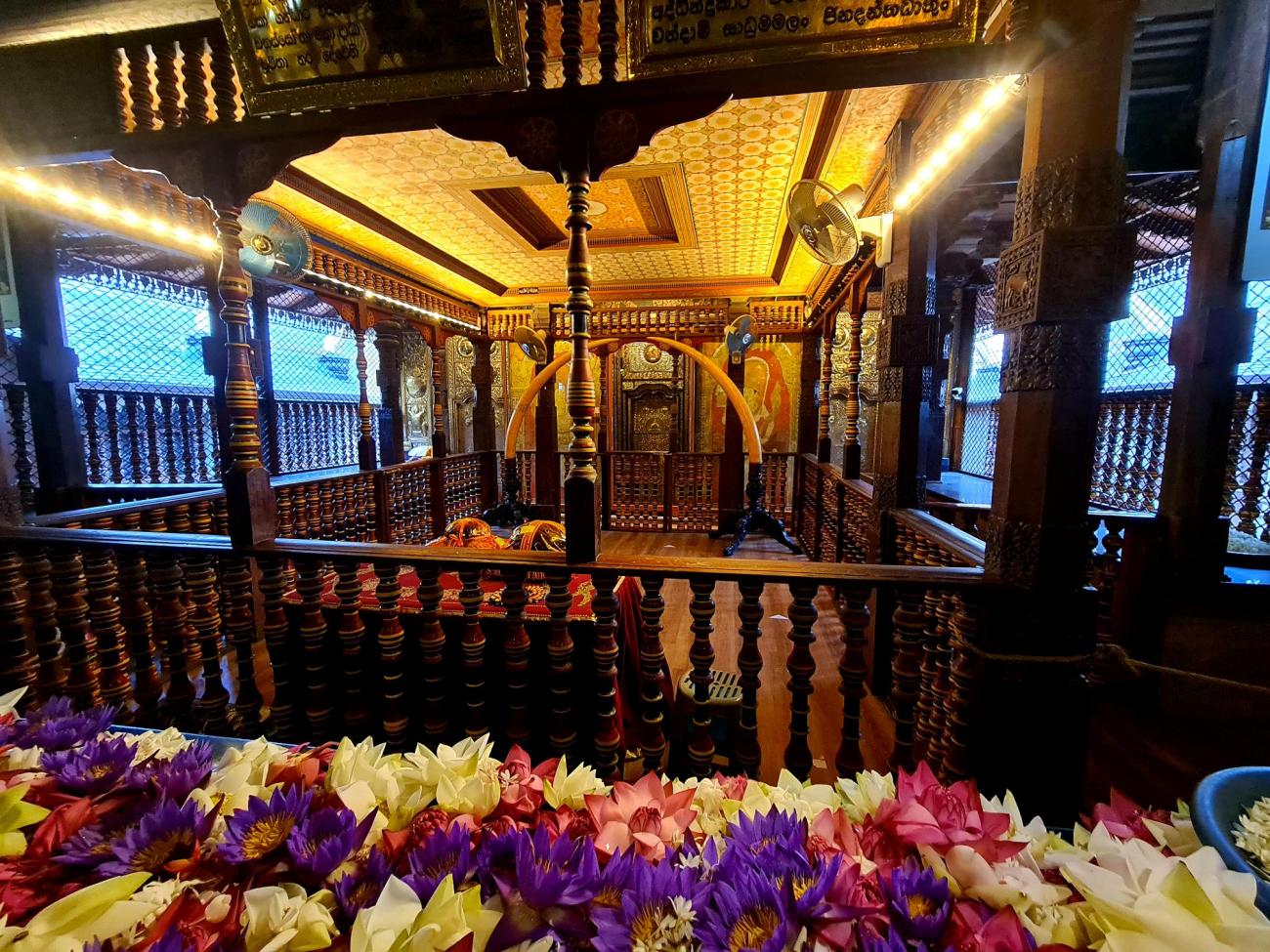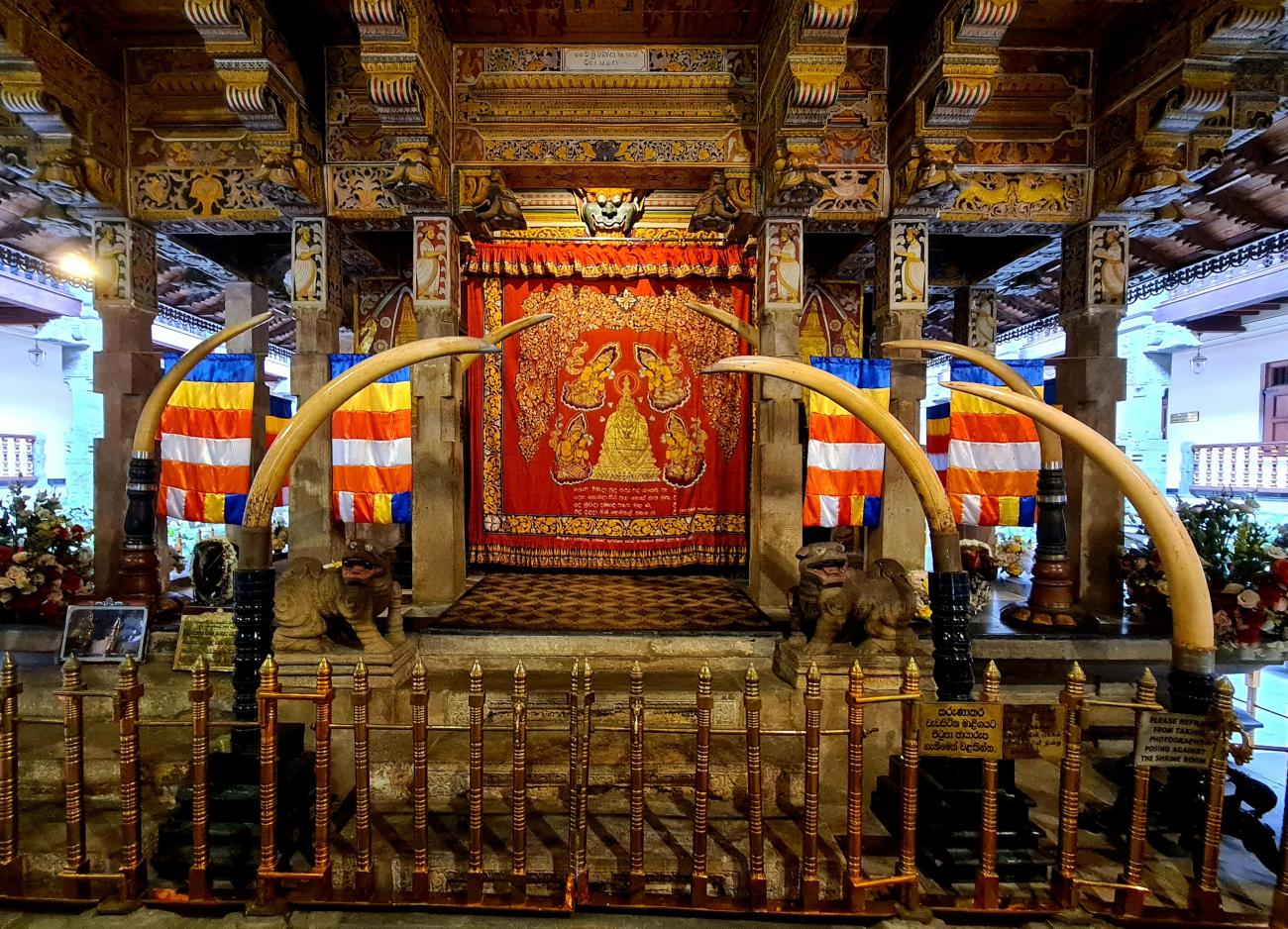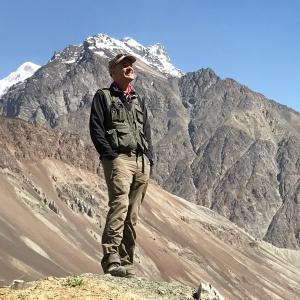
Sri Lanka at present is going through a financial crisis.
With a 19-billion-dollar black hole in the country’s accounts, caused, it’s alleged, by corruption on a gargantuan scale at the heart of the government, the country can’t pay the interest on its foreign debt or buy many of the imports it needs to survive, especially oil and gas. Apparently, there is an oil tanker docked in Colombo harbour refusing to offload its cargo until it’s been paid, there are long queues at the pumps and regular power cuts. Tourist companies like ours have to place 20ltr jerry cans of precious diesel at strategic locations around the country to make sure our clients can continue their journeys. If Sri Lanka were a company, it would be calling in the administrators.

There is too much on this subject of how Sri Lanka got to this point to go into here – the billions spent, stolen and squandered on numerous white elephant projects like the massive new airport that no one uses, the giant new port that is now ‘owned’ by China or the Lotus Tower in Colombo, a 350-metre high vanity project costing well over $100m certainly hasn’t helped – but one of the main reasons for the collapse in the economy was the pandemic. With lockdowns closing the garment and tourism industry, the government’s ability to earn foreign currency stalled. Tourism alone makes a major contribution to the national economy, by both directly earning foreign exchange worth around $3.5billion, or 12.6% of the 2019 total, and indirectly through employment. When tourism stopped, so did this source of income.

And now people are angry. Today, a general day of protest was called for by opposition parties. What do the government do in response? Impose a nationwide curfew, switch off all social media channels and close the country down. This did not directly affect tourists – even this dubious government doesn’t want to kill the goose that lays the golden egg – but it was interesting to be driving through a country where life is suspended. None of the roadside stalls selling fruit were open, buses that should have been busy ferrying passengers lay idol on the verges, and in towns through which we passed, all the shops had their shutters down. Besides a stray wild elephant, the roads were empty.

Nevertheless, we had an interesting tour of a spice garden before travelling on to Kandy, a pretty town surrounded by lush green hills. It’s home to the famous temple of the tooth - an impressive building with a crenulated outer wall, a moat and a large golden roof - said to house a solid gold stupa inside which is one of Buddha’s teeth. You can’t actually see the stupa, it's hidden behind an ornate altar and a carpet of brightly coloured lotus flowers. But the whole place has a feeling of calm. There were only a handful of tourists enjoying the site. Most, I assume, had stayed back at their hotels.
Prasad tells me there are expectations that things will improve soon. The government has apparently done a deal with the Indian government to gain access to both fuel and foreign reserves. And so far, demonstrations have been relatively isolated. One thing’s for sure though, the sooner foreign tourists return in numbers the better. The country desperately needs our dollars.
Three hours after Jonny posted this blog the government of Sri Lanka resigned. An interim government is being installed while fresh elections are planned.
